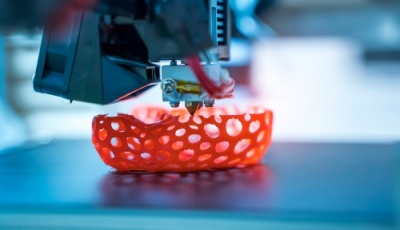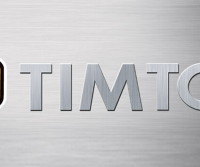
Dedicated standards for medical devices produced using Additive Manufacturing are already in preparation. Gregor Reischle, Head of Additive Manufacturing at TÜV SÜD highlights the importance of additive manufacturing standards for medical devices and what manufacturers need to consider before they start.
Gregor Reischle
Dedicated standards for medical devices produced using Additive Manufacturing are already in preparation. In future, they will smooth the path for the implementation of new technologies as well as their assessment for approval. In this interview with Asia Pacific Metalworking Equipment News (APMEN), Gregor Reischle, Head of Additive Manufacturing at testing, inspection and certification services provider TÜV SÜD, shares what aspects need to be considered against this backdrop.
Why do we need standards to help us use AM technology for medical production?
Gregor Reischle (GR): Items that are already produced using Additive Manufacturing, such as protective face coverings, masks and visors or products for radiation treatment, are subject to particularly rigorous conformity and safety standards. However, assessment procedures for approval of these products take time – and time is of the essence in a pandemic. Standards help to ensure regulatory requirements are implemented reliably, promptly and cost-effectively, thus minimising risks. They also represent state-of-the-art solutions and serve to concentrate specific knowledge.
There are still no Additive Manufacturing standards designed specifically for medical devices. Where can manufacturers seek guidance in the meantime?
GR: We have drawn up checklists for all the most important requirements in the main standards and regulations relating to Additive Manufacturing, covering those that set out more general terms as well as the first more specific requirements. We are currently providing the checklists free of charge International standard organisations such as ASTM International and ISO are likewise providing access to relevant standards free of charge at the moment, for items such as personal protective equipment and medical devices. This benefits testing laboratories, healthcare specialists and the general public.
How widespread are 3D-printed medical devices?
GR: Conventionally manufactured products still make up the majority. Anyone using 3D printing today is pursuing strategic aims and is willing to invest a lot of time in such products. Additive manufacturing is only widespread in specific areas of medical engineering, like prosthetics and dental technology. In fact, probably all the major manufacturers in the dental industry now supply 3D printers, some of which can even be used in medical practices.
What changes will the MDR introduce in this respect compared to its predecessor, the MDD?
GR: Under the Medical Device Directive (MDD), these “custom-made products” can be used without the need for CE marking. Although the same will apply under the Medical Device Regulation (MDR), manufacturers of class III implantable custom products will now need to call in a Notified Body to perform conformity assessment of their quality management system. Many products will fall into a higher class under the MDR, and this may require the involvement of a Notified Body in some cases. Custom-made products will be replaced by a common basic model which is customised for patient-specific use.
How will upcoming standards support the requirements to fulfil regulatory requirements such as MDR conformity? And which existing standards could already be useful?
GR: The requirements of the MDR state that a Notified Body must assess the manufacturer’s quality management system and verify compliance of its processes with the state of the art. DIN SPEC 17071—the specification for requirements concerning quality-assured processes at additive manufacturing centres—can usefully be applied here. The guideline is aimed at minimising risks stemming from parts and components produced using Additive Manufacturing, irrespective of the industry or sector. A project to transfer these findings to medical engineering is already under way, and a white paper on the subject will be published very soon. The DIN SPEC 17071 will also be advanced to reach the international ISO/ASTM level; the upcoming ISO 52920 and 52930 represent state-of-the-art quality assurance for AM production.




